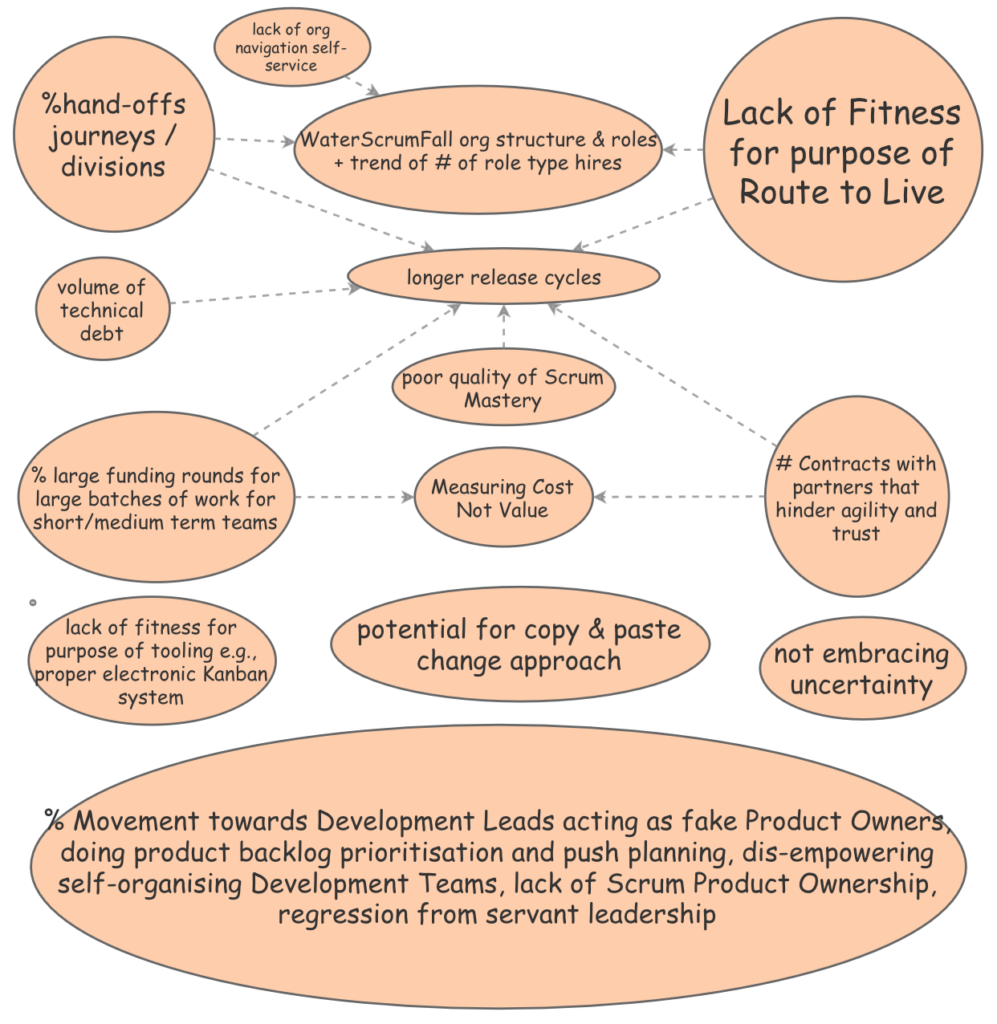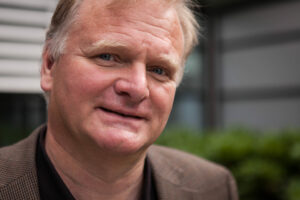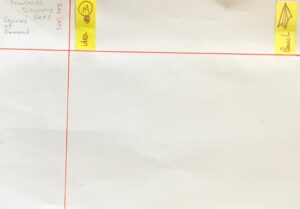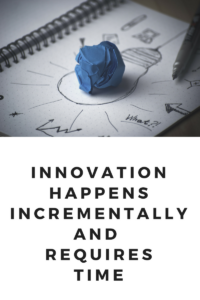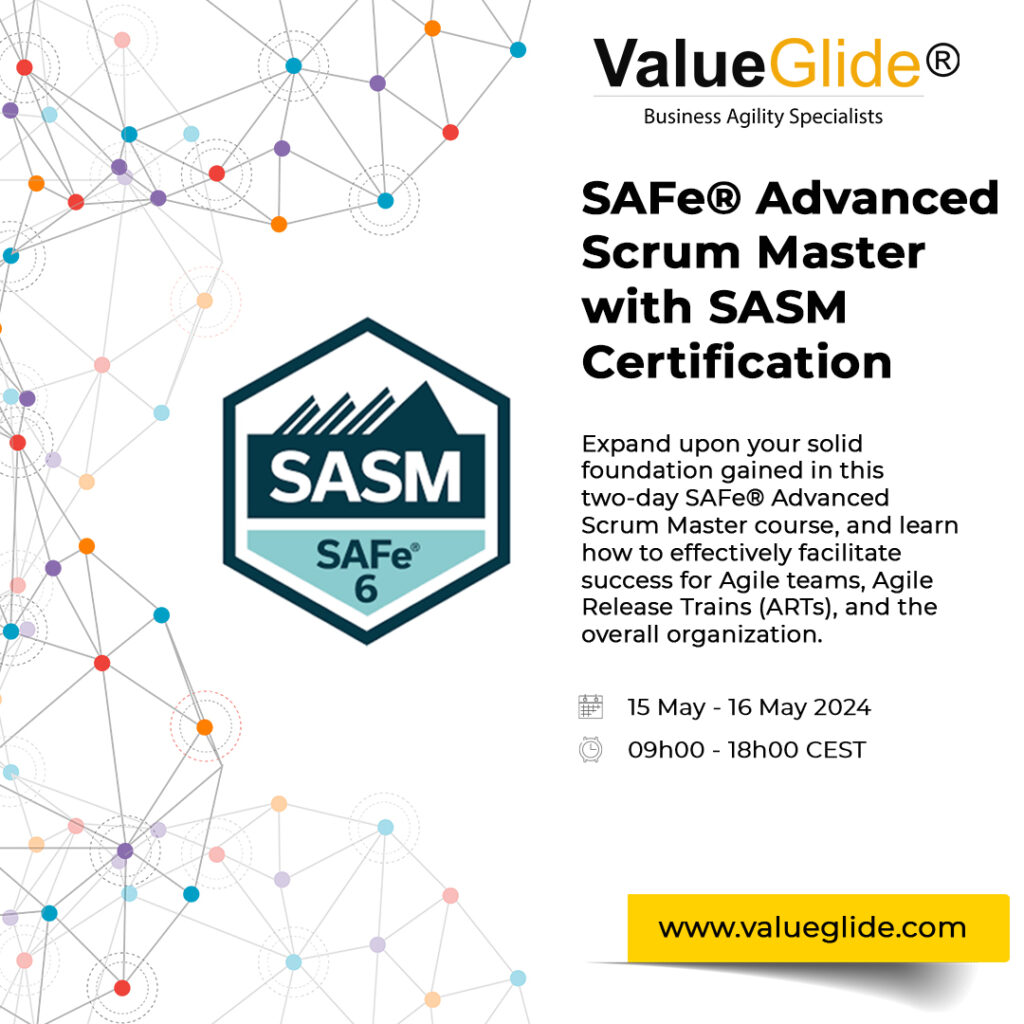Greetings from my trip from London to Cincinnati, where I’ll talk about scaling/descaling, growing good sustainable agility and so on. If you’re around the Cincinnati area, you’d be crazy to miss the conference. There are some rockstar keynotes. There are some great speakers, Ellen Gottesdiener is likely to steal my thunder as Ellen is on stage at the same time as me in another room. Ellen rocked at the LeSS conference :). There are still a few tickets left for Agile Cincinnati.
Picture this situation from some time back, a good few years ago. I had a rescue role back then. So here was the situation….
- WaterScrumFall was rampant.
- Development Leads were prioritising work, planning for the teams, thus pushing work into the huge teams, most Scrum Masters were project managing Development Teams.
- It was obvious the work didn’t fit, so people erroneously loaded more work onto Development Teams, who worked longer and longer hours.
- Scrum Masters, people who should protect the teams were, in fact, driving the team to do more and more work on top of stabilisation work (for undone work from previous sprints).
- Some teams are working on next year’s work (at the time) and some are in big trouble for the current year’s work.
If this was a plane in an uncontrolled dive, the aircraft would have been almost at its design limits. It’s ironic I’m writing this on an aircraft. It wasn’t too late then, even though there was not one working piece of functionality end to end, and I had three months to go to a TV ad campaign launching the service. Here is a random selection of the key impediments at the time. I helped to eliminate many of them, along with a re-energized set of great people.
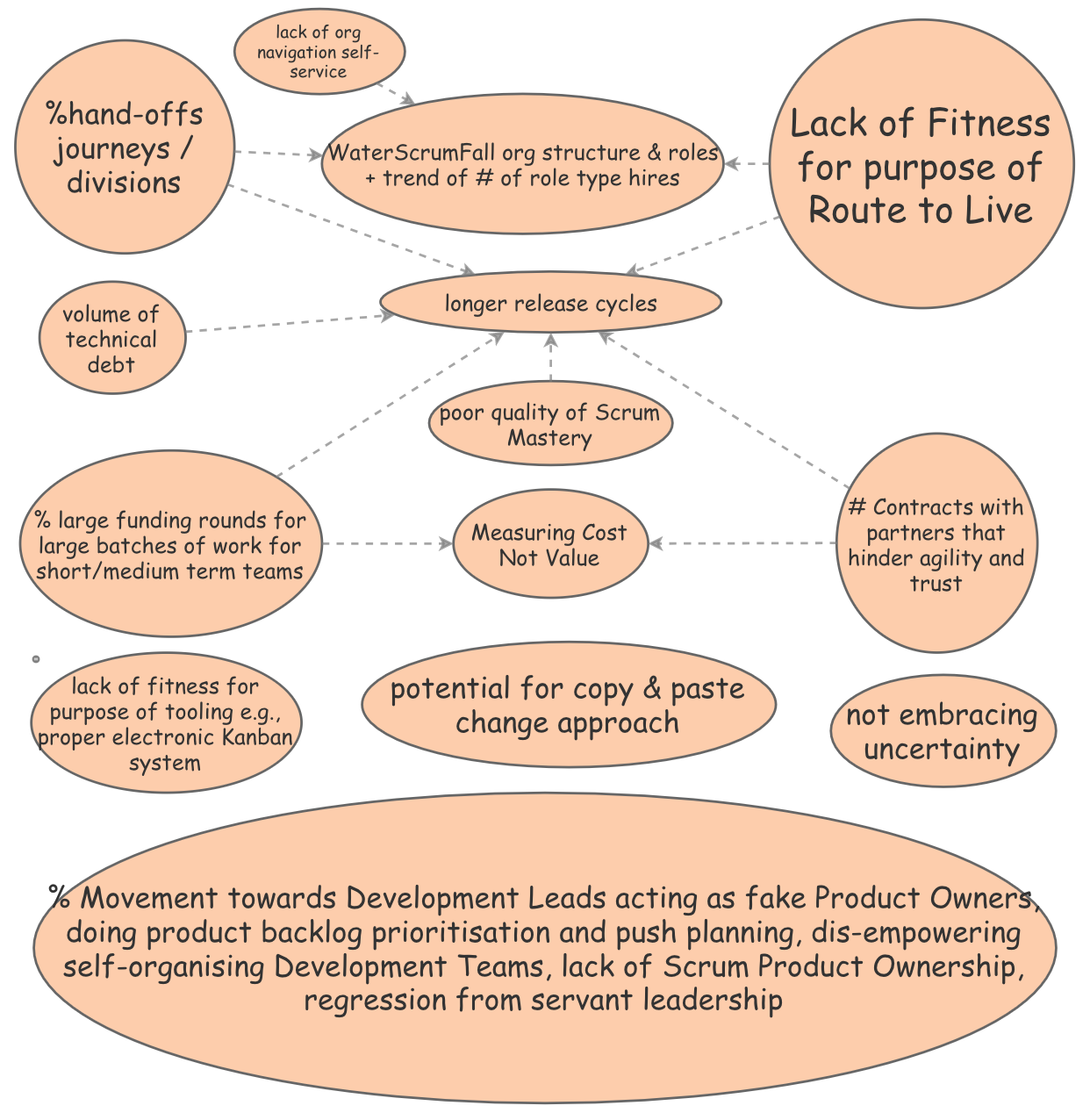
How did we pull back? In Cynefin terms, we had moved from complex to chaotic. So I acted like a dictator in a rescue role with a mandate for rescue.
- I paired with the senior PM. She managed up. I worked with the teams.
- I collaborated with the Scrum Masters, Lead Developer, the Test Manager, Programme Test Manager, the Chief Product Owner, and key influencers from the Development Teams to figure out a way forward. These people were my peers basically…
- We arranged a retrospective & forecasting workshop for everyone in a nearby hotel
- We went back to basics with Scrum rigour, discipline, empiricism, Definition of Done as per scrumguides.org
- We drove sane conversations such as “weekend and late night work are making things worse, and as we can see even if we could have 9 day weeks it still would not fit. So, let’s really test what we really really need and let’s give teams room to finish stuff”.
- We showed what good could look like, leading by example – grabbing the controls as manager of the Scrum framework
- I coached the CPO and POs to become a functional team.
- We filled team capacity only to 80% to improve flow, reduce lead-times, and improve delivery rates. Development Teams pulled work when current work was finished only.
- We captured the energy of all the brilliant people in the best way. For example, Development Leads focused on what they loved doing, being master developers, helping developers. Development Teams self-organised, Development leads acted as Component mentors across smaller Development Teams.
If I had a rescue mandate what would I do now, with more skills, less hair, and more experience?
Methinks:
I would try to get into the cockpit right now so the teams can get the benefits of Scrum quickly:
- It’s not a time for asking “why to use agility, what’s the goal?”.
- We need to do something different right now. So, let’s go back to basics with Scrum rigour, discipline, empiricism, Definition of Done, transparency, inspection and adaptation as per scrumguides.org. If I believe Scrum and XP would be disrespected, implement Kanban with rigour as per the Essential Kanban Condensed guide. If neither Scrum, nor XP, nor Kanban is respected, well there are other options….and the ground is approaching faster now so better do something different fast…..
- Once we get out of the metaphorical dive, let’s display DevOps measures, Failure Demand measures (non-PC video here by John Seddon), and Little’s Law measures everywhere (assuming fit for purpose faster delivery is the optimising goal in this case). Demonstrate our addition to failure demand that will reduce future value demand capability. Arrange a retrospective.
- Use system modelling to collaborate with key influencers so they can read the metaphorical instrumentation. Hopefully, we’d align on the current capability.
- I’d arrange to be as present as I was all those years ago. In the trenches, understanding the work and the workers. Now, I’d use Spiral Dynamics to help with better conversations (video kindly shared by Andrew Kidd).
- Launch Monte Carlo probabilistic forecasting including the delivery risks so as to get attention now and allow sane conversations such as “weekend and late night work are making things worse, and as we can see even if we could have 9-day weeks it still would not fit. So, let’s really test what we really really need and let’s give teams room to finish stuff”. Start with Troy Magennis’s free tools perhaps.
- Show what good likes like, leading by example – maybe even grabbing the controls as manager of the Scrum framework for a little while – perhaps using Scrum+Kanban
- If we’re brave, and I think we’d need to be – plan for self-designing teams workshop using Troy Magennis’s skills capability matrix to help visualise skill balance across functions and components. That way, we’d all help for what needs to be done right now, and together after that we’d deal with what’s needed next. This is no time for “I’m alright Jack”.
- Define explicit policies for pulling new work to isolate Little’s Flaw– Development Teams pull work in consultation with the Product Owner so lead time is closer to work time (less waiting).
- Coaching for Development Teams to only pull to 50% of capacity to improve flow, reduce lead-times, and improve delivery rates. Development Teams pull work when current work is finished only.
- Build Toyota Kata into the Scrum rhythm
- Capture the energy of all the brilliant people in the best way. For example, Development Leads focus on what they love doing, being master developers, helping developers. Development Teams self-organise, Development leads act as Component mentors across smaller Development Teams.
- Ok, so now, key influencers, let’s talk. What do we believe right now? What’s our capability now? What jobs need to be done? Where are we going? Why are we going there? Is there more than one right way? If we dream of beautiful success, can we step backwards in time from that success – what did we do to get there? what obstacles did we face? how did we deal with them? what were the key interventions? who were the key influencers?
- Let’s surface assumptions and suspend them in the air. Let’s write down written and previously unwritten assumptions – that’s our culture right there (according to Schein). What behaviours do we demand of each other?
- Run our next three-month target through the DICE calculator, how does it look? Are we too ambitious? Are we not ambitious enough? What’s our dampening strategy when the unexpected happens? Can we be bold and brave? Or do we need to take baby steps?
- Attain governance rhythm – appeal to those who need to care, who need to win, who need well-managed risks, who need their egos massaged, who need to belong, who need to be safe
- …..
Being a Scrum Master is tricky when the delivery is actually owned by another company, hopefully, no more than one company. So I’d recommend collaboration with that company. Quickly after that, I think I’d take people on an embracing uncertainty journey. Depends on the context though….
Landing safely soon in Cincinnati. ..I hope
Map image courtesy of Google Maps


